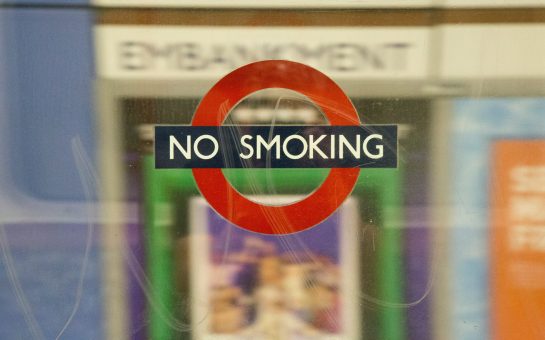The future of Royal Brompton Hospital has been safeguarded by the Royal Borough of Kensington and Chelsea after fears the community would lose its facilities, which were vital during the pandemic.
At the beginning of 2020, NHS England announced plans to merge the Royal Brompton and Harefield Hospital with Guy’s and St Thomas’ Foundation Trust.
This would have meant the likely closure and relocation of the Royal Brompton Hospital in Chelsea to Thames South Bank which caused uproar amongst residents.
With the key role that the hospital played over the pandemic as a specialist heart and lung centre, even featuring on Channel 4 News, the RBKC Council unanimously fought for a review.
The merger went ahead in February 2021 but, after a six week consultation with residents, creative planning measures to safeguard the site have been rubber stamped, which means anyone with plans to develop there will need to demonstrate how their venture supports or enhances the hospital’s healthcare uses.
Lead Member for Planning Johnny Thalassites said: “We welcome developers’ investment in our borough, but we refused to entertain the prospect of losing pioneering research and lifesaving treatment in Chelsea.
“We’ve done the sums. There are lots of viable commercial options that could help keep acute healthcare services while supporting the community too, from elderly residential care to key worker housing.”
West Central GLA member and Westminster City councillor Tony Devenish added: “I 100% support RBKC in using planning to encourage our world leading NHS to remain in the heart of the Royal Borough.
“I have been campaigning for this with Felicity Buchan MP, Greg Hands MP, councillors and residents for several years.”
The planning guidance has set out five principles which future developers must adhere to:
- Retain and enhance the hospital’s world class medical facilities
- Demonstrate how development required to retain the hospital’s facilities complements its medical uses
- Protects the historic local environment with high quality design
- Upgrade connections and local urban spaces
- Meet the council’s environmental requirements to improving air quality, boosting biodiversity and contributing to Vision Carbon Zero – the Council’s ambition for a carbon neutral borough by 2040
Read the full planning guidance decided here.
Main image courtesy of Royal Borough of Kensington and Chelsea




